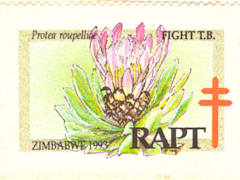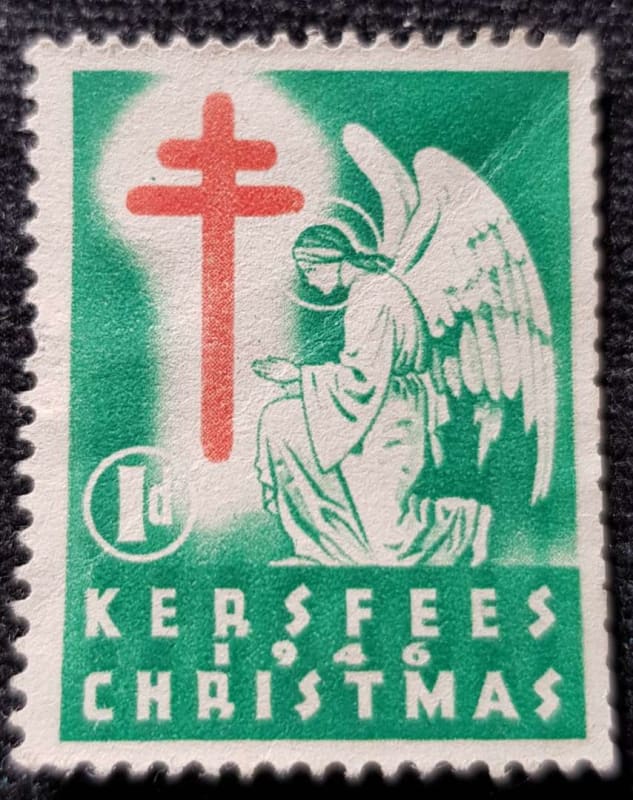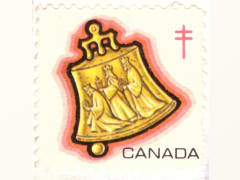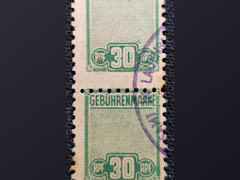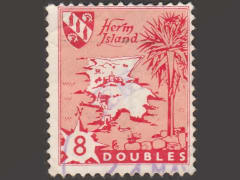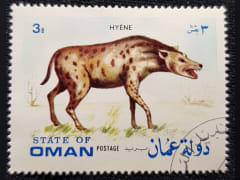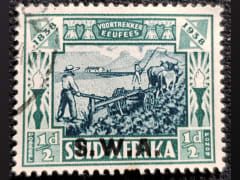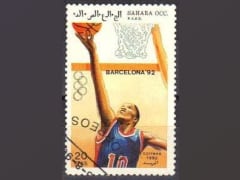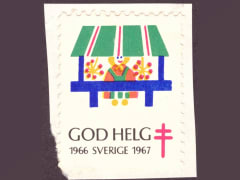CountryAlbania
Albania
Type of Seal/Label
Cinderella
Date
1950
General Info
Location
Grey Page 19
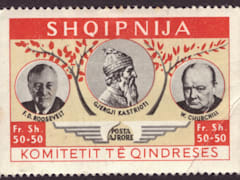
Albania
Type of Seal/Label
Cinderella
Date
1950
General Info
Location
Grey Page 19
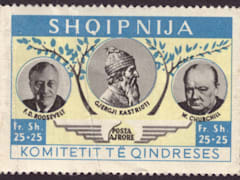
CountryDenmark
Denmark
Type of Seal/Label
Christmas Seal
Date
1966
General Info
Location
Grey Page 28
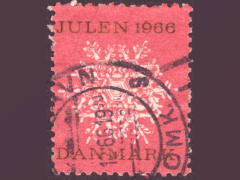
Denmark
Type of Seal/Label
Christmas Seal
Date
1970
General Info
Location
Grey Page 28
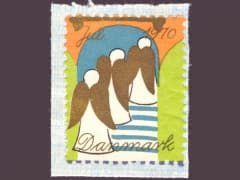
CountryEngland
England
Type of Seal/Label
Label
Date
1904
General Info
Dalston Hospital
Location
Grey Page 12
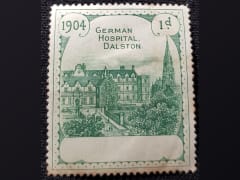
England
Type of Seal/Label
Label
Date
1904
General Info
Bartholomew's Hospital
Location
Grey Page 12
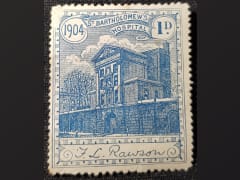
CountryFrance
France
Type of Seal/Label
Christmas Seal
Date
12 Dec 1935
General Info
Location
Strips
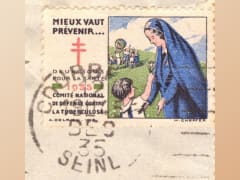
France
Type of Seal/Label
Centenary Exposition Label
Date
1949
General Info
During the war, Mazelin got the chance to participate in engraving non-postage labels for souvenir sheets issued during the annual Paris Philatelic Exhibition. Mazelin features on all three sheets, having engraved labels depicting the Notre-Dame of Paris, ‘Soirée a l’arsenal’, and a scene from Ravel’s opera Le Boléro. More stamp show work appeared in 1949, when he engraved a souvenir label depicting a lady with an umbrella looking at Pierre Gandon’s Marianne. This particular label was part of a publicity campaign celebrating the centenary of French stamps, a campaign which also saw that same Marianne being reissued in the national colours. The label was also a delicate pointer towards the friendship between the two engravers, because when Pierre Gandon had been blacklisted for a few months at the end of the war, he nevertheless kept on working, engraving a stamp portraying Sarah Bernhardt. Mazelin then signed the stamp with his name so that it could be issued.
Location
Grey Page 12

CountryLebanon
Lebanon
Type of Seal/Label
Date
General Info
Passenger Border Exit Fees Stamp,used by Lebanese customs agency.
Location
Grey Page 12
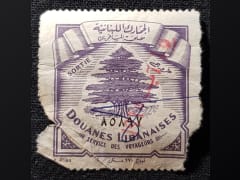
CountryLundy
Lundy
Type of Seal/Label
Cinderella
Date
1953
General Info
1953 - Coronation of Queen Elizabeth II Overprints (Puffin definitives overprinted "CORONATION", "2-6-1953", & two with "BY AIR")
Location
Grey Page 12
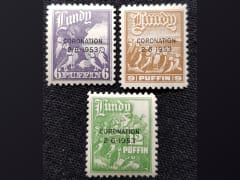
Lundy
Type of Seal/Label
Cinderella
Date
1953
General Info
1953 - Coronation of Queen Elizabeth II Overprints (Puffin definitives overprinted "CORONATION", "2-6-1953", & two with "BY AIR")
Location
Grey Page 12
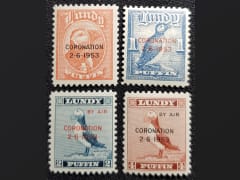
CountryMaluku Selatan
Maluku Selatan
Type of Seal/Label
Cinderella
Date
1953
General Info
Although the Republic of South Moluccas did not issue its own postage stamps, several stamps bearing the country's name can be found. They are so-called bogus stamps, which are private stamp issues and were not issued by any postal administration of the South Moluccas. There are three distinct bogus stamp issues of the Republic of South Moluccas: Overprints Stamp issues of the exile government in the Netherlands Stamps from the Österreichische Staatsdruckerei (Austrian National Print Office), which were ordered and sold by New York stamp dealer Henry Stolow. Overprints In 1950, 17 stamps of the Dutch East Indies and Indonesia were overprinted with "Republik Maluku Selatan". Many philatelists believe that the stamps could have been used locally. However, the majority assumes that they are stamp forgeries.
Location
Grey Page 19
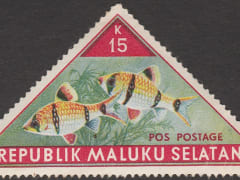
Maluku Selatan
Type of Seal/Label
Cinderella
Date
1954
General Info
Although the Republic of South Moluccas did not issue its own postage stamps, several stamps bearing the country's name can be found. They are so-called bogus stamps, which are private stamp issues and were not issued by any postal administration of the South Moluccas. There are three distinct bogus stamp issues of the Republic of South Moluccas: Overprints Stamp issues of the exile government in the Netherlands Stamps from the Österreichische Staatsdruckerei (Austrian National Print Office), which were ordered and sold by New York stamp dealer Henry Stolow. Overprints In 1950, 17 stamps of the Dutch East Indies and Indonesia were overprinted with "Republik Maluku Selatan". Many philatelists believe that the stamps could have been used locally. However, the majority assumes that they are stamp forgeries.
Location
Grey Page 19
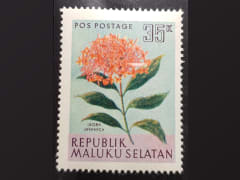
CountryNetherlands
Netherlands
Type of Seal/Label
Christmas Seal
Date
1971
General Info
Location
Grey Page 12
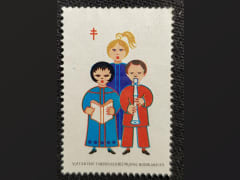
Netherlands
Type of Seal/Label
Christmas Seal
Date
1974
General Info
Location
Grey Page 12
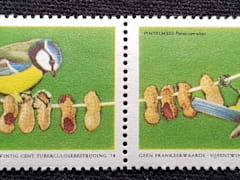
CountryNorway
Norway
Type of Seal/Label
Christmas Seal
Date
1933
General Info
Location
Grey Page 28
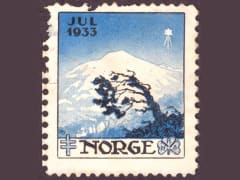
Norway
Type of Seal/Label
Christmas Seal
Date
1950
General Info
Location
Grey Page 28
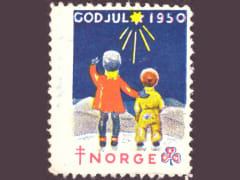
Norway
Type of Seal/Label
Christmas Seal
Date
1959
General Info
Location
Grey Page 28
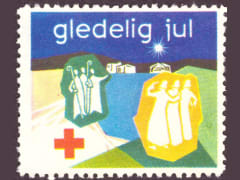
Norway
Type of Seal/Label
Christmas Seal
Date
1973
General Info
Location
Grey Page 28
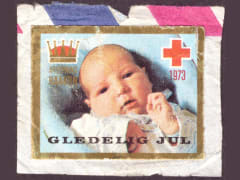
Norway
Type of Seal/Label
Christmas Seal
Date
1976
General Info
Location
Grey Page 28
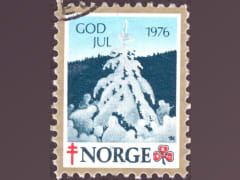
Norway
Type of Seal/Label
Christmas Seal
Date
1978
General Info
Location
Grey Page 28
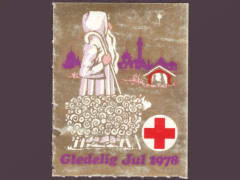
Norway
Type of Seal/Label
Christmas Seal
Date
1979
General Info
Location
Grey Page 28
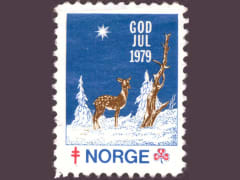
CountryPortugal
Portugal
Type of Seal/Label
Cinderella
Date
1889
General Info
Location
Grey Page 12
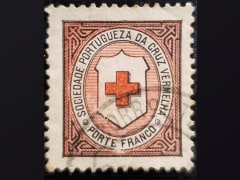
Portugal
Type of Seal/Label
Christmas Seal
Date
1930
General Info
Location
Grey Page 28
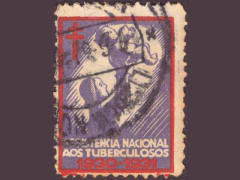
CountryRhodesia
Rhodesia
Type of Seal/Label
TB Seal
Date
1956
General Info
Location
Grey Page 27
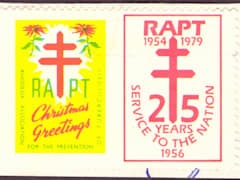
Rhodesia
Type of Seal/Label
TB Seal
Date
1967
General Info
Location
Grey Page 27
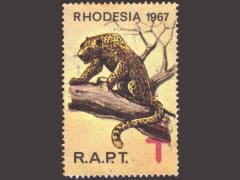
Rhodesia
Type of Seal/Label
TB Seal
Date
1968
General Info
TBC
Location
Grey Page 27
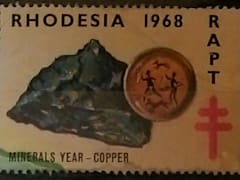
Rhodesia
Type of Seal/Label
TB Seal
Date
1968
General Info
Location
Grey Page 27
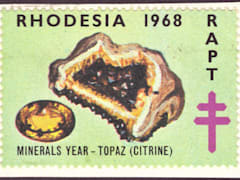
Rhodesia
Type of Seal/Label
TB Seal
Date
1972
General Info
Location
Grey Page 27
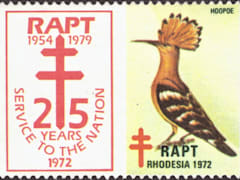
Rhodesia
Type of Seal/Label
TB Seal
Date
1972
General Info
Location
Grey Page 27
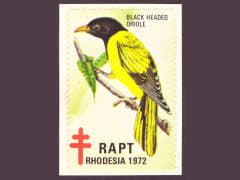
Rhodesia
Type of Seal/Label
TB Seal
Date
1975
General Info
Location
Grey Page 27
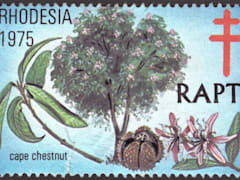
Rhodesia
Type of Seal/Label
TB Seal
Date
1976
General Info
Location
Grey Page 27
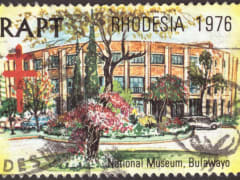
Rhodesia
Type of Seal/Label
TB Seal
Date
1977
General Info
Location
Grey Page 27
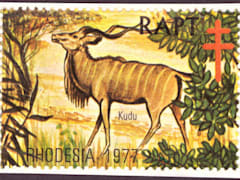
CountrySpain
Spain
Type of Seal/Label
Charity Fund Label
Date
1930-1940
General Info
1930s Mutualidad de Correos. These were PO employees orphan charity fund labels. They were "voluntarily" used during 1910/1975 on some PO forms (parcels, giro, etc.) in addition to regular postage. And also "voluntarily" by PO communications that had, otherwise, franchise. Also, in emergency periods (civil war) in place of absent stamps.
Location
Grey Page 18

Spain
Type of Seal/Label
Cinderella
Date
1945
General Info
“Pro-Seminario Zaragoza” charity label from 1945, and issued to raise funds for Zaragoza Seminary in Spain.
Location
Grey Page 18
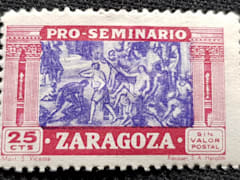
Spain
Type of Seal/Label
Charity
Date
1945
General Info
“Pro-Seminario Zaragoza” charity label from 1945, and issued to raise funds for Zaragoza Seminary in Spain.
Location
Grey Page 18
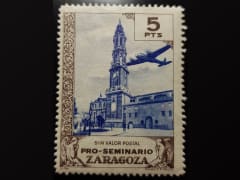
Spain
Type of Seal/Label
Charity
Date
1945
General Info
“Pro-Seminario Zaragoza” charity label from 1945, and issued to raise funds for Zaragoza Seminary in Spain.
Location
Grey Page 18

Spain
Type of Seal/Label
Cinderella
Date
1945
General Info
“Pro-Seminario Zaragoza” charity label from 1945, and issued to raise funds for Zaragoza Seminary in Spain.
Location
Grey Page 18
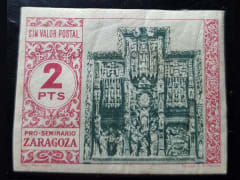
CountryZAR
ZAR
Type of Seal/Label
Christmas Seal - Bilingual
Date
1933
General Info
Location
Grey Page 27
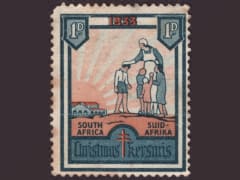
ZAR
Type of Seal/Label
Christmas Seal - English
Date
1942
General Info
Location
Grey Page 27
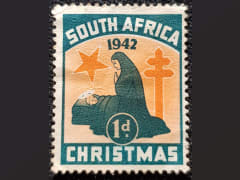
ZAR
Type of Seal/Label
Christmas Seal - English
Date
1943
General Info
Location
Grey Page 27
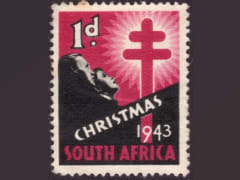
ZAR
Type of Seal/Label
Christmas Seal - Afrikaans
Date
1943
General Info
Location
Grey Page 27
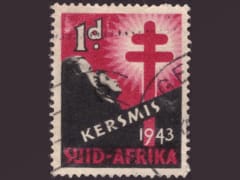
ZAR
Type of Seal/Label
Christmas Seal - English
Date
1945
General Info
Location
Grey Page 28
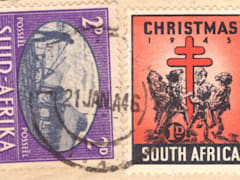
ZAR
Type of Seal/Label
Christmas Seal - Bilingual
Date
1946
General Info
Location
Grey Page 27
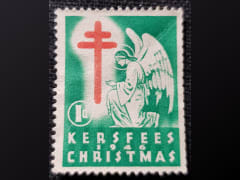
ZAR
Type of Seal/Label
Christmas Seal - Bilingual
Date
1947
General Info
Location
Grey Page 27
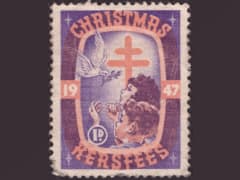
ZAR
Type of Seal/Label
Easter
Date
1947
General Info
Location
Grey Page 27

ZAR
Type of Seal/Label
Christmas Seal - Bilingual
Date
1948
General Info
Location
Grey Page 27
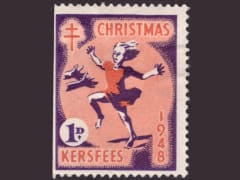
ZAR
Type of Seal/Label
Christmas Seal - English
Date
1949
General Info
Location
Grey Page 27
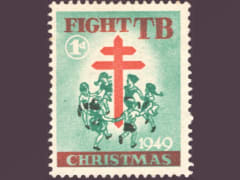
ZAR
Type of Seal/Label
Christmas Seal
Date
1952
General Info
Location
Grey Page 27
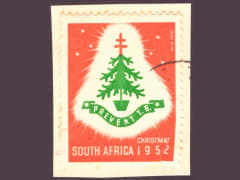
ZAR
Type of Seal/Label
Christmas Seal - English
Date
1955
General Info
Location
Grey Page 27

ZAR
Type of Seal/Label
Christmas Seal - Afrikaans
Date
1955
General Info
Location
Grey Page 27
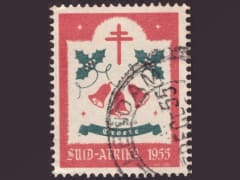
ZAR
Type of Seal/Label
Easter Seal - Afrikaans
Date
1956
General Info
Location
Grey Page 27
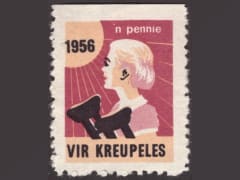
ZAR
Type of Seal/Label
Easter Seal - Afrikaans
Date
1957
General Info
Location
Grey Page 27
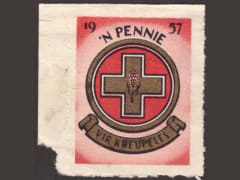
ZAR
Type of Seal/Label
Christmas Seal - English
Date
1958
General Info
Location
Grey Page 27
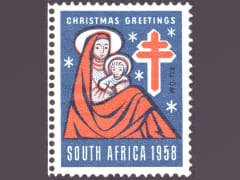
ZAR
Type of Seal/Label
Christmas Seal - Afrikaans
Date
1958
General Info
Location
Grey Page 27
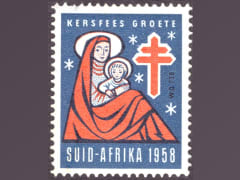
ZAR
Type of Seal/Label
Christmas Seal - English
Date
1959
General Info
Location
Grey Page 27
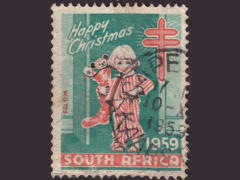
ZAR
Type of Seal/Label
Christmas Seal - English
Date
1960
General Info
Location
Grey Page 27
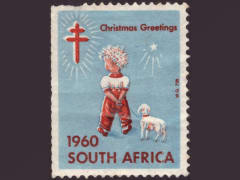
ZAR
Type of Seal/Label
Christmas Seal - English
Date
1961
General Info
Location
Grey Page 27
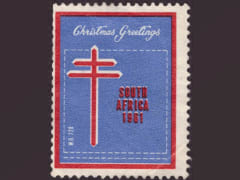
ZAR
Type of Seal/Label
Easter Seal - Afrikaans
Date
1962
General Info
Location
Grey Page 27
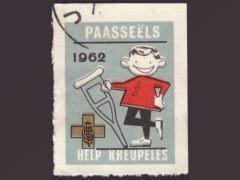
ZAR
Type of Seal/Label
Christmas Seal - Bilingual
Date
1963
General Info
Location
Grey Page 27

ZAR
Type of Seal/Label
Easter Seal
Date
1964
General Info
Location
Grey Page 27
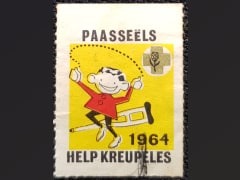
ZAR
Type of Seal/Label
Christmas Seal - Afrikaans
Date
1965
General Info
Location
Grey Page 27
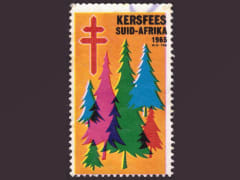
ZAR
Type of Seal/Label
Christmas Seal - Afrikaans
Date
1966
General Info
Location
Grey Page 27
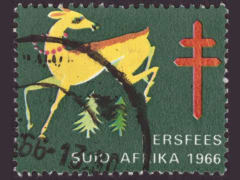
ZAR
Type of Seal/Label
Christmas Seal - English
Date
1966
General Info
Location
Grey Page 27
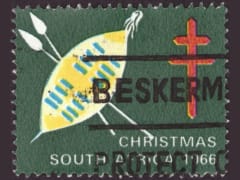
ZAR
Type of Seal/Label
Christmas Seal - Afrikaans
Date
1966
General Info
Location
Grey Page 27
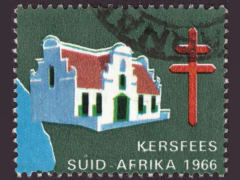
ZAR
Type of Seal/Label
Christmas Seal - English
Date
1966
General Info
Location
Grey Page 27
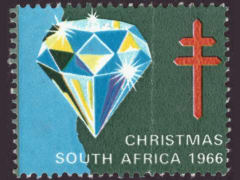
ZAR
Type of Seal/Label
Christmas Seal - Afrikaans
Date
1966
General Info
Location
Grey Page 27
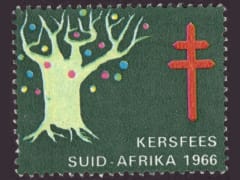
ZAR
Type of Seal/Label
Christmas Seal - English
Date
1966
General Info
Location
Grey Page 27
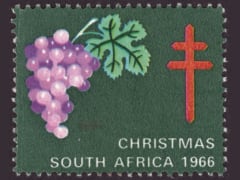
ZAR
Type of Seal/Label
Easter Seal - English
Date
1967
General Info
Location
Grey Page 27
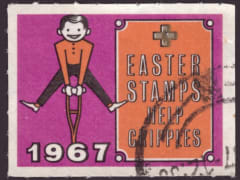
ZAR
Type of Seal/Label
Easter
Date
1971
General Info
Location
Grey Page 27
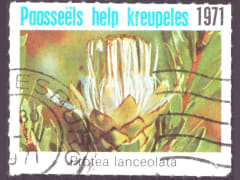
ZAR
Type of Seal/Label
Christmas Seal - English
Date
1971
General Info
Location
Grey Page 27
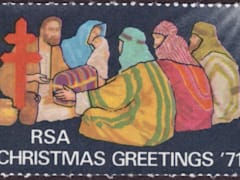
ZAR
Type of Seal/Label
Easter
Date
1972
General Info
Location
Grey Page 27
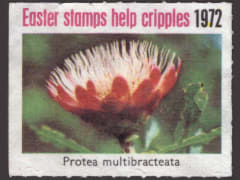
ZAR
Type of Seal/Label
Christmas Seal - Bilingual
Date
1972
General Info
Location
Grey Page 27
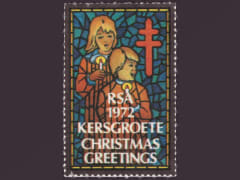
ZAR
Type of Seal/Label
Christmas Seal - Afrikaans
Date
1974
General Info
Location
Grey Page 27
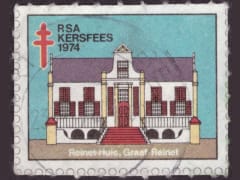
ZAR
Type of Seal/Label
Christmas Seal - English
Date
1974
General Info
Location
Grey Page 27
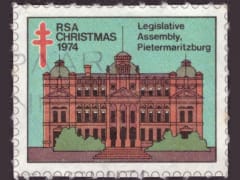
ZAR
Type of Seal/Label
Christmas Seal - Afrikaans
Date
1974
General Info
Location
Grey Page 27

ZAR
Type of Seal/Label
Christmas Seal - Bilingual
Date
1975
General Info
Location
Grey Page 27
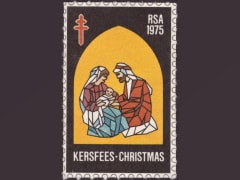
ZAR
Type of Seal/Label
Easter
Date
1980
General Info
Location
Grey Page 27

ZAR
Type of Seal/Label
Christmas Seal - Bilingual
Date
1980
General Info
Location
Grey Page 28
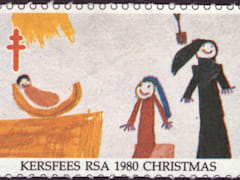
ZAR
Type of Seal/Label
Christmas Seal - Afrikaans
Date
1981
General Info
Location
Grey Page 28
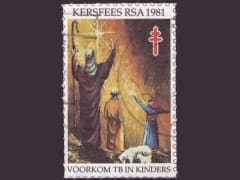
ZAR
Type of Seal/Label
Easter
Date
1981
General Info
Location
Grey Page 27
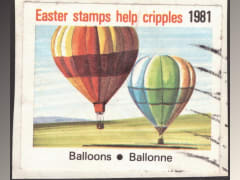
ZAR
Type of Seal/Label
Christmas Seal - English
Date
1982
General Info
Location
Grey Page 28
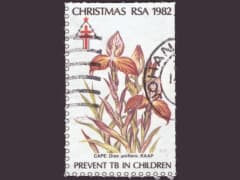
ZAR
Type of Seal/Label
Christmas Seal - Afrikaans
Date
1983
General Info
Location
Grey Page 28
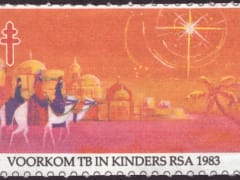
ZAR
Type of Seal/Label
Christmas Seal - Afrikaans
Date
1984
General Info
Location
Grey Page 28
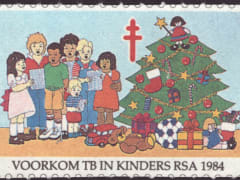
ZAR
Type of Seal/Label
Christmas Seal - Afrikaans
Date
1985
General Info
Location
Grey Page 28
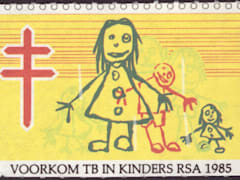
ZAR
Type of Seal/Label
Christmas Seal - Bilingual
Date
1987
General Info
Location
Grey Page 28
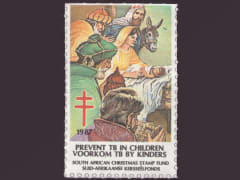
ZAR
Type of Seal/Label
Christmas Seal - Afrikaans
Date
1988
General Info
Location
Grey Page 28
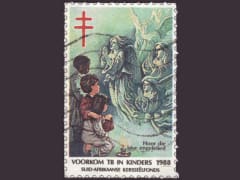
ZAR
Type of Seal/Label
Christmas Seal - English
Date
1990
General Info
Location
Grey Page 28
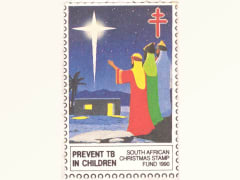
ZAR
Type of Seal/Label
Christmas Seal - Afrikaans
Date
1991
General Info
Location
Grey Page 28
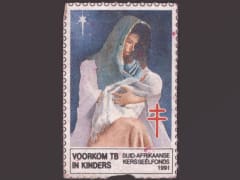
ZAR
Type of Seal/Label
Christmas Seal - English
Date
1991
General Info
Location
Grey Page 28
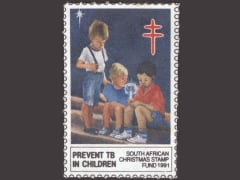
ZAR
Type of Seal/Label
Christmas Seal - English
Date
1991
General Info
Location
Grey Page 28
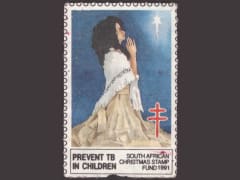
ZAR
Type of Seal/Label
Christmas Seal - English
Date
1992
General Info
Location
Grey Page 28
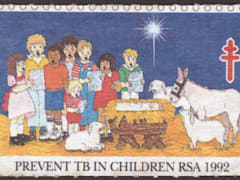
ZAR
Type of Seal/Label
Christmas Seal - Bilingual
Date
1993
General Info
Location
Grey Page 28
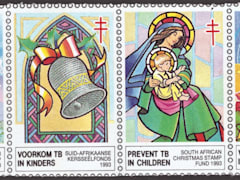
ZAR
Type of Seal/Label
Christmas Seal - English
Date
1994
General Info
Location
Grey Page 28
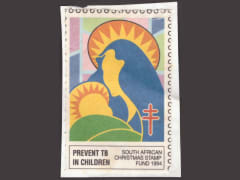
ZAR
Type of Seal/Label
Christmas Seal - Afrikaans
Date
1995
General Info
Location
Grey Page 28
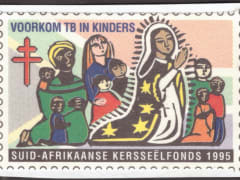
CountryZimbabwe
Zimbabwe
Type of Seal/Label
TB Seal
Date
1980
General Info
Location
Grey Page 28
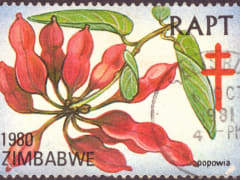
Zimbabwe
Type of Seal/Label
TB Seal
Date
1980
General Info
Location
Grey Page 27
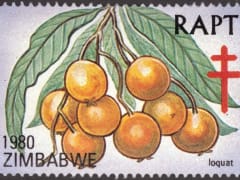
Zimbabwe
Type of Seal/Label
TB Seal
Date
1983
General Info
Location
Grey Page 27
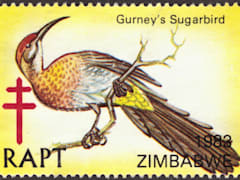
Zimbabwe
Type of Seal/Label
TB Seal
Date
1990
General Info
Location
Grey Page 27
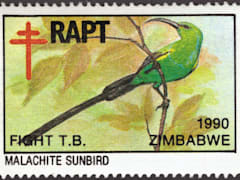
Zimbabwe
Type of Seal/Label
TB Seal
Date
1993
General Info
Location
Grey Page 28
